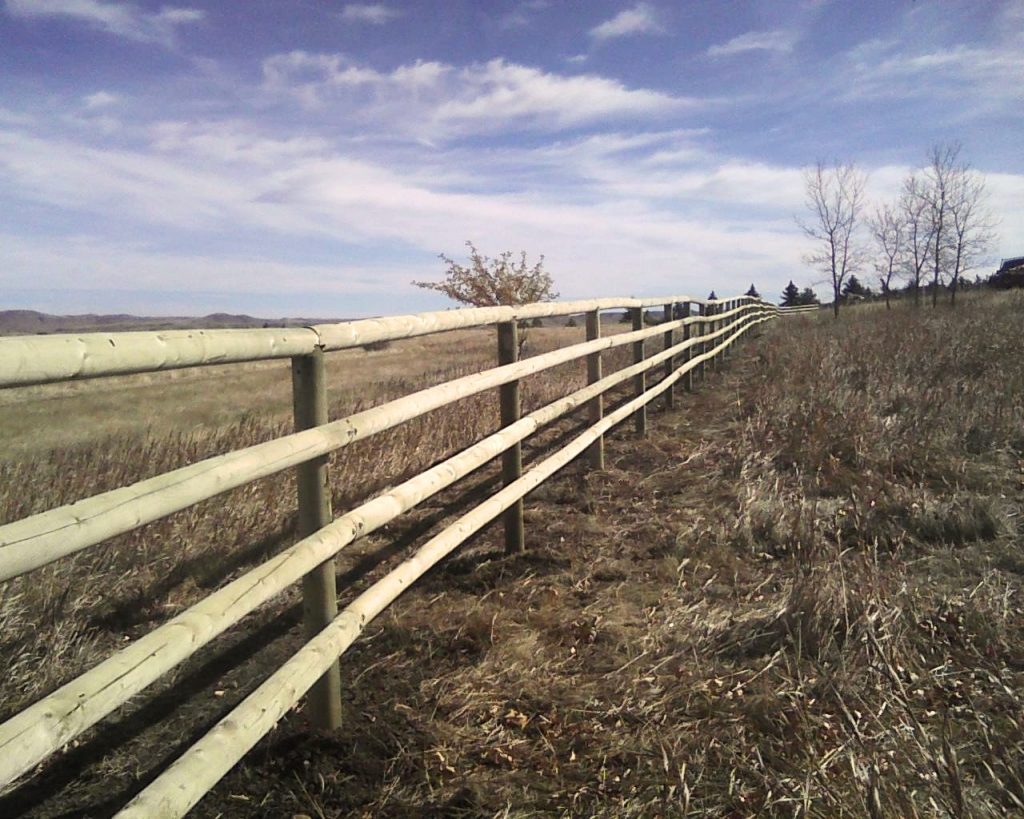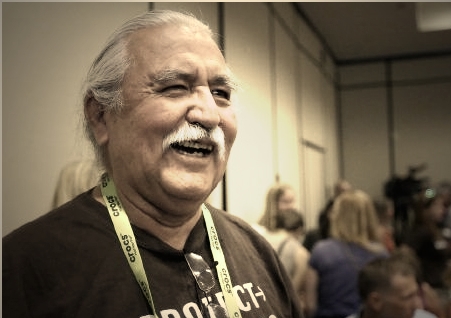The jury found that the state owed those counties $1.1 billion in damages, including $674 million the counties contend they lost since 2001 because the state didn’t cut enough trees. The verdict also includes $392 million in future damages, which assumes the state will continue to manage the state forests in the same fashion, and fail to maximize timber revenues for the next 50 years.
Ted Sickinger
Oregon loses $1 billion timber lawsuit to rural counties
The state of Oregon breached its contract with 13 rural counties and 151 local taxing districts by failing to maximize timber harvests on state forests and resulting payments to those counties during the last two decades, a jury in Linn County found on Wednesday after nearly a month-long trial.
The jury found that the state owed those counties $1.1 billion in damages, including $674 million the counties contend they lost since 2001 because the state didn’t cut enough trees. The verdict also includes $392 million in future damages, which assumes the state will continue to manage the state forests in the same fashion, and fail to maximize timber revenues for the next 50 years.
The verdict, delivered mere hours after deliberations began, is a blow to the state, its beleaguered Department of Forestry, and environmental and recreational groups around the state. But the decision was not entirely unexpected. Observers say the plaintiffs aggressively venue-shopped the case to find a sympathetic judge and jury, and the state had lost almost all the significant pre-trial rulings.
The state is likely to appeal the verdict, but the judgement will accrue interest at 9%, or $90 million a year, which ups the ante considerably to resolve the case quickly.
Charles Boyle, a spokesman for Gov. Kate Brown, said “the verdict was not an unexpected first step in what will be a lengthier legal process, and it would be premature at this point to make budget decisions based on the jury’s decision. ODF and the Department of Justice will be reviewing options for next steps” including appealing the decision.
If the decision is upheld, it could result in a massive wealth transfer to a limited number of counties. Tillamook County alone is looking at nearly $330 million in damages after legal fees — nearly $13,000 per county resident. That money would be divided among the county and a number of local taxing districts where logging actually takes place, including schools, ports, the library and the soil and conservation district.
Washington and Linn Counties would also be big winners. It’s also a big victory for Davis Wright Tremaine, the Portland law firm representing the counties, which stands to earn 15 percent of the verdict.
“It is a lot of money,” said Linn County Commissioner Roger Nyquist. “It’s a lot of money for rural Oregon. Every one of these counties and taxing districts can use this money to improve the quality of life for residents. That’s money they didn’t get for the last 20 years, and didn’t get the benefit of.”
Clatsop County, which has the greatest harvest volume from state forests, opted out of the suit, which it considered “harmful” and “destructive.”
The $1.1 billion damage award is a whopper – $238 per person in Oregon – and if upheld, it’s unclear where the state would come up with the money, or what impact it will have on the financially troubled and managerially challenged forestry department. The agency is in the process of developing a new blueprint for how it will manage more than 600,000 acres of state forests in northwest Oregon. A draft of that plan is supposed to be ready before year end, and agency managers have already indicated that the plan does not include any big increases in harvest volumes.
The Department issued a statement Wednesday afternoon.
“The Oregon Department of Forestry believes that balanced and science-based public forest management produces the best long-term outcomes for all Oregonians, including the counties and taxing districts that receive revenue from state forests. We are disappointed that the jury did not agree…We will be reviewing options and next steps with attorneys from the Oregon Department of Justice.”
As predicted, the nearly month-long trial in Linn County was a battle of histories. Its outcome hinged on the interpretation of more than a century of forest management practices in Oregon. The lynchpin question was what state and county officials intended when they cut a deal in 1941 that eventually resulted in the transfer of some 600,000 acres of logged over and burned forest lands to the state.
Free Range Report
Thank you for reading our latest report, but before you go…
Our loyalty is to the truth and to YOU, our readers!
We respect your reading experience, and have refrained from putting up a paywall and obnoxious advertisements, which means that we get by on small donations from people like you. We’re not asking for much, but any amount that you can give goes a long way to securing a better future for the people who make America great.
[paypal_donation_button]
For as little as $1 you can support Free Range Report, and it takes only a moment.



